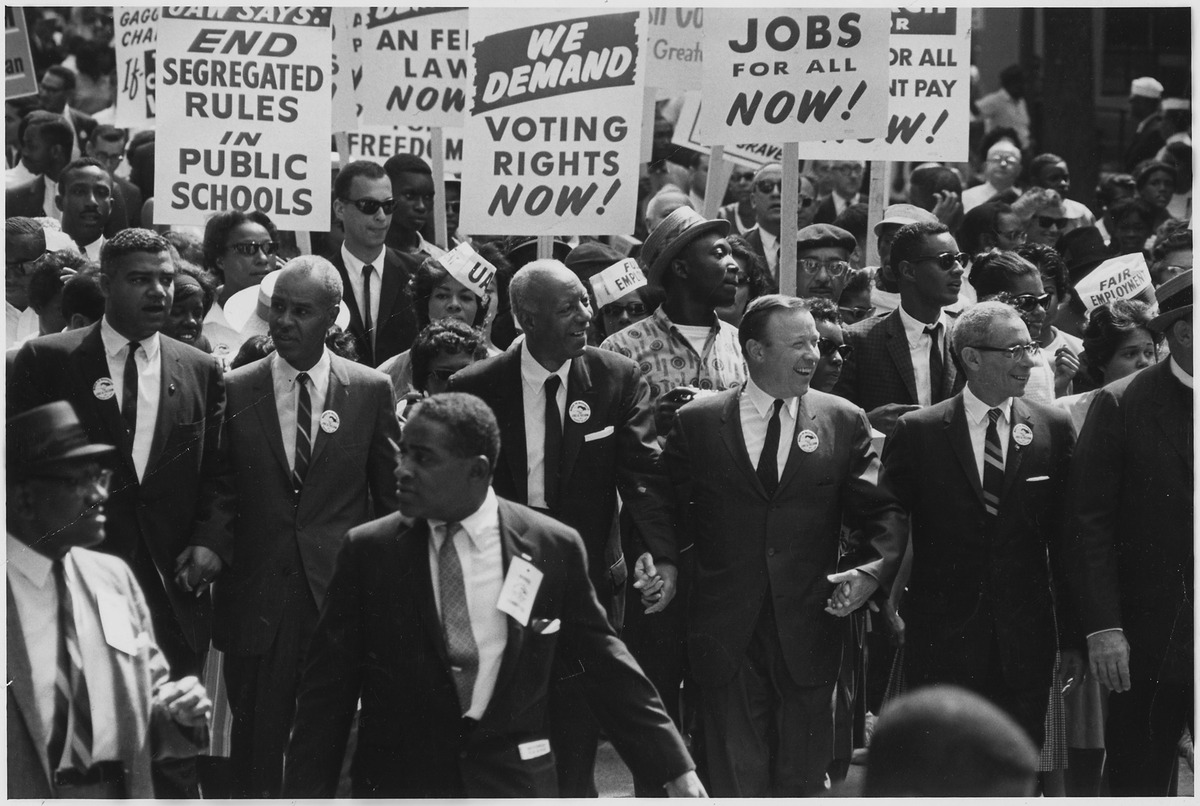
In light of the country’s current racial climate, many employers are grappling with how they should address Black History Month this year. 2020 challenged many companies and organizations to take an honest look at how they address diversity and inclusion. And 2021 is the year to make changes, starting with how Black History Month is observed.
A simple nod of recognition toward the monthly observance is not enough. Additionally, empty actions such as replacing social media profile pictures with black squares to show solidarity or displaying stock image “Happy Black History Month” messages are ineffective. These acts of performative allyship may work toward advancing a company’s social image, but they do nothing to bring actual support and awareness to the cause.
What is Black History Month?
Black History Month began in 1926 as National Negro History Week, founded by Dr. Carter G. Woodson and the Association for the Study of African American Life and History. Dr. Woodson believed equality was only possible through acknowledgment and understanding of a race’s history. Then in 1976, President Gerald Ford officially recognized the month of February as Black History Month, calling for the nation to “seize the opportunity to honor the too-often neglected accomplishments of black Americans in every area of endeavor throughout our history.”
And recognition of Black Americans’ accomplishments and contributions should not be limited to one month. Black History Month’s observance should serve as a launchpad for companies’ year-round activities showing support and awareness of diversity and inclusion.
What are the best ways to get started?

1. Take Action.
Companies and their employees must take action. Talk is futile. Companies need to implement concrete steps to address and fix inequities. Create diverse and inclusive workplaces by establishing programs and continually assess and rework them. In the month of February, you can launch your year-round commitment through a few key actions:
- Go beyond company walls and support Black-owned and minority-owned businesses and contractors.
- Volunteer with organizations promoting racial justice and donate to such causes. For example, website Power to Flypower reports that Google commits millions each February to the NAACP’s Afro-Academic, Cultural, Technological and Scientific Olympics.
2. Acknowledge What is Currently Happening
Companies must acknowledge what is happening in this tumultuous time and not gloss over how these current events affect their employees. Black History Month should be a time to celebrate the vast and significant contributions of Black Americans economically, socially, and culturally to the modern world. But it also needs to be a time for companies to address the multiple faces of racism, question their existence, and actively fight against institutionalized inequality.
Power to Fly reports that company Juniper Networks publishes a regular series of articles and tips for its employees to foster dialogue and educate year-round around the inclusion of all underrepresented groups. Studies show employees believe diversity and inclusion are essential, yet a Society for Human Resource Management report says 38 percent of workers don’t feel comfortable having conversations about it.

Employers must make space for discussion and find ways to give people of color a voice in the workplace:
- Bring in speakers to share about black history or discuss the current racial climate with your employees.
- Plan a workshop hosted by an expert that focuses on breaking down barriers and addressing racial inclusion issues in the workplace.
- Launch a book club where employees can educate themselves and get together monthly to discuss.
- Create a series similar to the one Juniper Networks does with a comment section to encourage involvement.
3. Make Efforts to Truly Be Inclusive.
Companies must make efforts to truly be inclusive. This Black History Month, they could begin with reviewing and considering the organization’s potential growth areas.
- Examine current recruiting, interviewing, and onboarding. What efforts are you making to reach new communities? Where are there possible barriers to inclusion in your interview process? How is your commitment to diversity and inclusion addressed during onboarding?
- Invite employees of color to join a task force and participate in identifying and evaluating strategies for creating systemic change.
The pursuit of racial equity is a process. Celebrating Black History Month can be a great start, but efforts must not stop there. Companies should acknowledge what is happening in this tumultuous time and create safe environments for their employees to evoke positive change. They must be intentional in their efforts to create inclusive workplaces well beyond February’s Black History Month.







